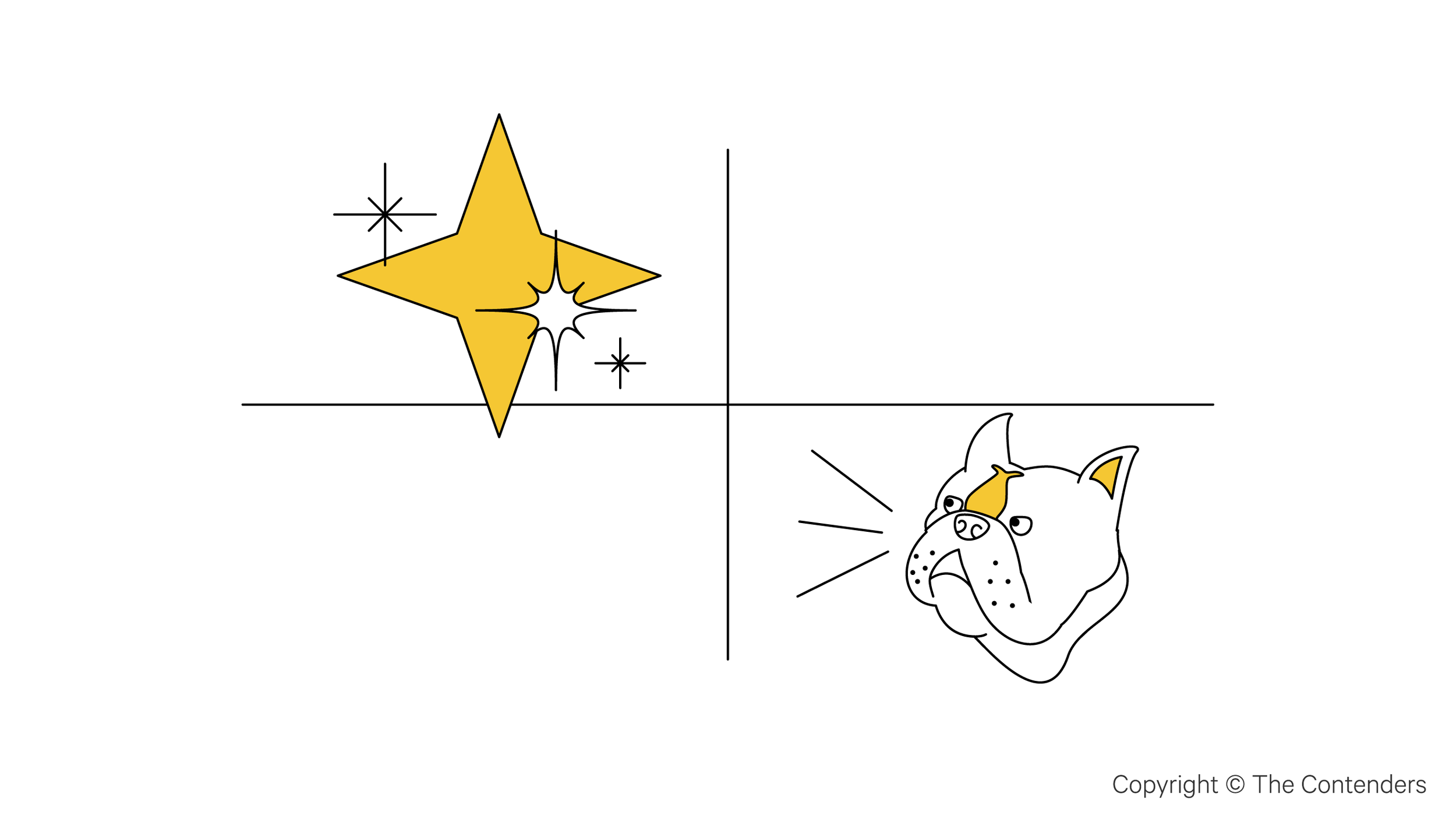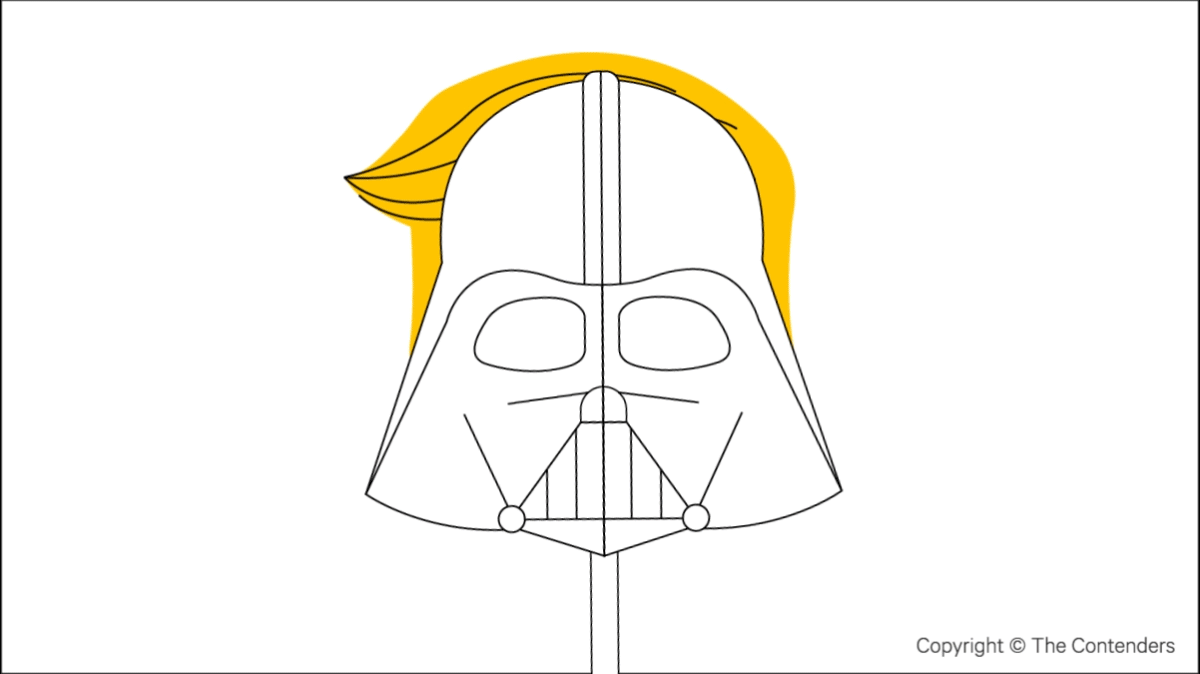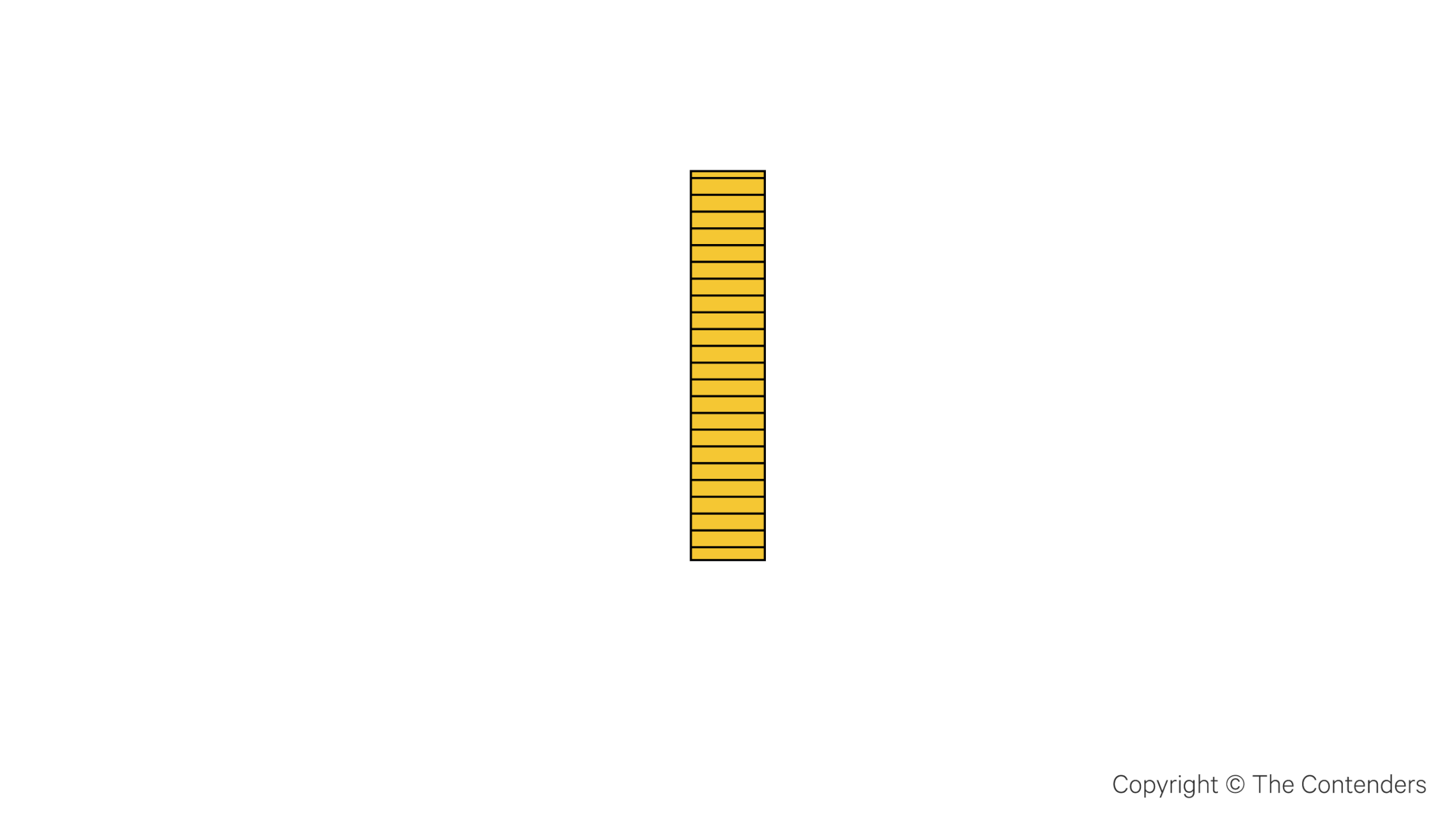Out with the old, in with the...
Corporate profit season here is drawing to a close. Across the ASX the state of the consumer and our economy as a whole is becoming clear. Demand is holding up and supply is catching up. You see this through the narratives of everyone from banks to retail, from facilities management to construction. Supply of labour and the cost of it is moderating so the underlying economics for businesses where labour is the biggest variable cost are starting to improve. It is Economics 101 but the challenge our actual economy faces, is far from settled.
The issue is still in services inflation. It is a double whammy for younger Australians as they are facing both fund cost inflation and living cost inflation. I have always wondered whether the stickiness of this has more to do with us finally pricing in the reality of our world versus anything that suddenly happened at the end of the pandemic. As short-term pressure fades, are we seeing the true cost of climate change, changes in family size and of an ageing population? It seems so.
I’m just back from the United States and their situation felt about the same. It’s definitely more expensive even from last February which is why so much of their population believes they are worse off. Their spending is also holding up. The reported stats support this but I can also state that it was this humble reporter’s lived experience as well. While annoyed that everything costs more, the consumer is finding ways to adjust how they spend to make up. They are adapting.
Eating out less, spending less on discretionaries so they can still experience some type of joy in everyday living. People adapt, situations are fluid, but whether you have a sense of optimism or not, as always it comes down to what you believe is the trajectory of our world. If life was a 2x2 matrix, whether we see ourselves as heading for the stars or heading to the dogs depends upon your viewpoint.
While the economic picture is the same Stateside the social construct is much more alarming. The poverty, the lack of a social safety net and the corporatisation of every service is clear to see. My trip was framed against Kamala going from a meme to a candidate with momentum. Those doing the meming are young. Why? America is young. The median age is 38 whereas in Europe it is 45. Even Canada is older at 41. Perhaps it is why we love US politics so much here. Your average Aussie and Sepo are the same age. Generational change is firmly upon both countries.
Is nasty turning to nice?
While we love the narrative, the reality is that the decision of who leads the American people affects us less than we think. This isn’t the fight between ‘Good’ and ‘Evil’. Donald Trump isn’t Darth Vader, but he is a narcissist with worrying tendencies to want to stay for more drinks after the party is over. Joe Biden wasn’t Obi One either but in the end he was delivering wooden lines much like Ewan McGregor did.
If it isn’t a fight for freedom, it has at least become must see TV for many inhabitants of planet Earth. For those who don’t live there, America has gone from being the clear leaders of the free world to being the leading soap opera about freedom. I think if we are all honest about how invested we are, what we like is the drama. It is like reality TV but better because it has perceived and real consequences.
The end of this particular season of the show is going to be much less dramatic than we think. It comes down to six swing states who have enough college votes to decide who wins. Elections are always shaped by two things: the economy, and excitement around a message (in the age of fleeting frequent TikToks, what we worryingly call 'vibes').
Harris will easily win on excitement. Hope, optimism and niceness is back in vogue after years of politicians trying to blame everyone. Gatherings are also back and experiences that feel more future forward are always going to be better. The economy is less clear as there is a perceptual gap between the big picture (full employment, better wages) and the lived experience of many (more competitive and more expensive).
Here’s hoping that the more hopeful vision of the future wins out. In the battle of ideas, the moderate with a nice message tends to win. In this case it is a battle of ideologies and if you have walked down any Main Street in a swing state like Pennsylvania or Michigan lately, you were likely left realising hope has an awfully long road ahead.
If a candidate falls in the woods, will anyone hear?
One of the most underreported business stories of the year is not about who is in front of the camera but what is going on behind it. The ongoing decay of media as we once knew it. To those under the age of 35, cable was once a thing like streaming, but where you bought a whole bunch of channels you never watched to get the ones you actually did. Actually, perhaps more like Netflix than you might imagine.
Linear TV outside of sport is not just dead, it is a dead person whose hand keeps reaching out of the grave to grab another tenner out of your wallet. While the US election will help in the short term, the final hours of daylight are upon linear media. Warner Discovery wrote down the value of its brands by 9.1 billion followed by Paramount going for 6 billion the day after. The story is the same here where Seven have cut 150 and Nine have cut 200 jobs. Facebook and others pulling news down off their feeds to avoid paying for it is going to end with us having less people to write and report it. A cynic would think that was the plan.
Brands like Fox, CNN and CBS are grappling with the harsh reality that their stronghold on the market is gone. The NFL season and finals time in Australia might provide a temporary boost, but these events are band-aids on problems requiring emergency surgery. They no longer have the value proposition of content dominance that once made them indispensable.
The reason why is simple. They have no reason for people to watch them anymore as stand alone properties and they can no longer just put up the price of cable to cover the decline in subscribers. They have lost the ultimate dichotomy of our time. Digital based insurgents versus incumbency.
Dichotomy and brands
A dichotomy is a division or contrast between two things that are represented as being entirely different or opposite, such as good and evil, or light and dark.
Being on the winning side of a dichotomy is always fortunate when it happens for a business. Brands are always at their strongest when they are a market of one. When their brand is the category and their business is commercially dominant.
I thought about this a lot on my travels. Airline experiences tend to be all the same because there is only so much you can do inside an aluminium canister in the sky. Panasonic make all the screens, Max is the channel of choice for content, Recaro make all the seats and Android is the operating system running the in-flight entertainment. They have all found ways to become not just market leaders but the market. They define what good looks like and deliver the products that are good.
United Airlines are trying out similar thinking through creating a market leading app to become the centre of an individual flying experience. It’s still a shame about the service style but the app is definitely market leading. Perhaps the ultimate example of creating a dichotomy for commercial advantage in travel is American Express.
Amex started as a delivery business like a FedEx of today. Think cowboy movies and robbing stagecoaches filled with money. That was the business of American Express. They invented the money order which turned into the traveller's cheque and they helped create the credit card market. They are nowhere close to the size of Visa or Mastercard but their focus on supporting those who travel most and spend more has created a better business than either of them. They are the better card, that gets you a quiet place to relax in an airport and the inside track on Tay Tay tickets. They embraced a dichotomy based on including those who spend the most but excluding those who spend less.
The Olympics on the other hand has pivoted to embrace another emerging dichotomy. Paris was the first Olympiad to reach gender parity. In a world where male sport still asserts commercial dominance the Olympics is betting on the fact its path to continued relevance is based on being more inclusive and focusing more on female athleticism. With 50% of the participants being female but 60% of the coverage focused on female comps, it worked for Paris.
The question now is whether LA will double down on this in 2028 as it seems a fem focus is likely the pathway to increased commercial success and continued relevance. Time will tell but demographics is always destiny. Here’s betting that the better angels of the fairer sex may also save the land of Lady Liberty.
—
Be better to each other.




